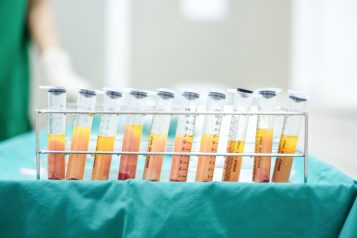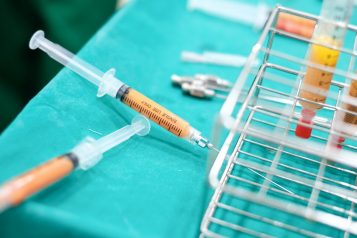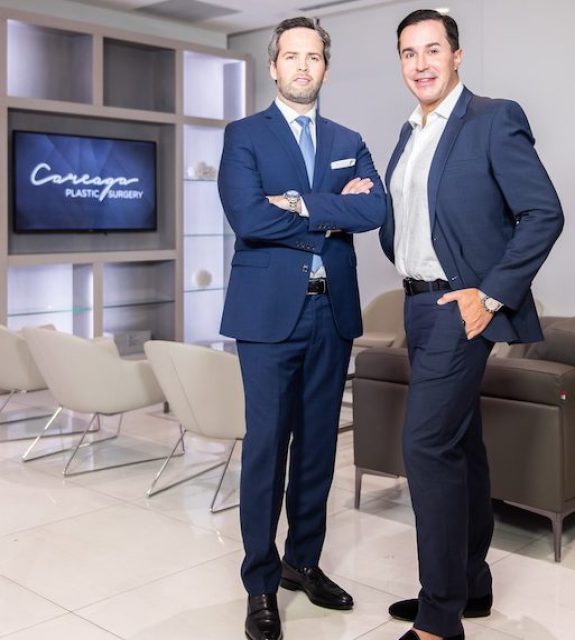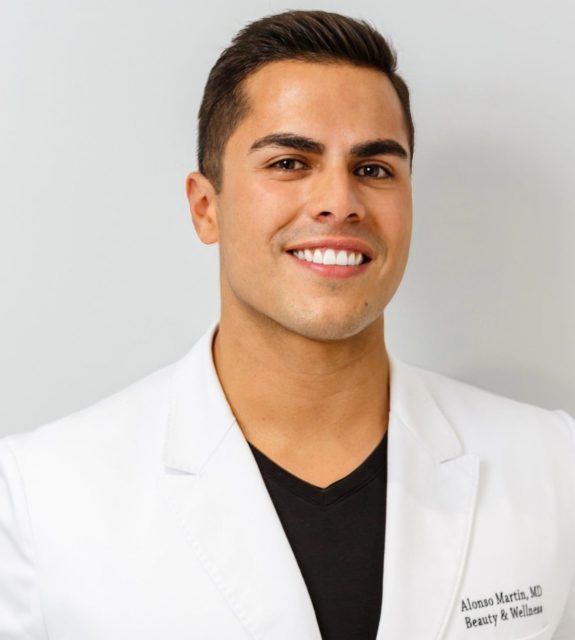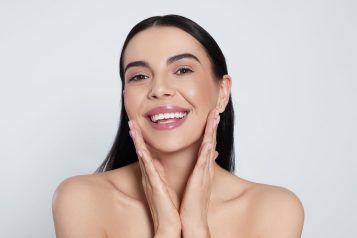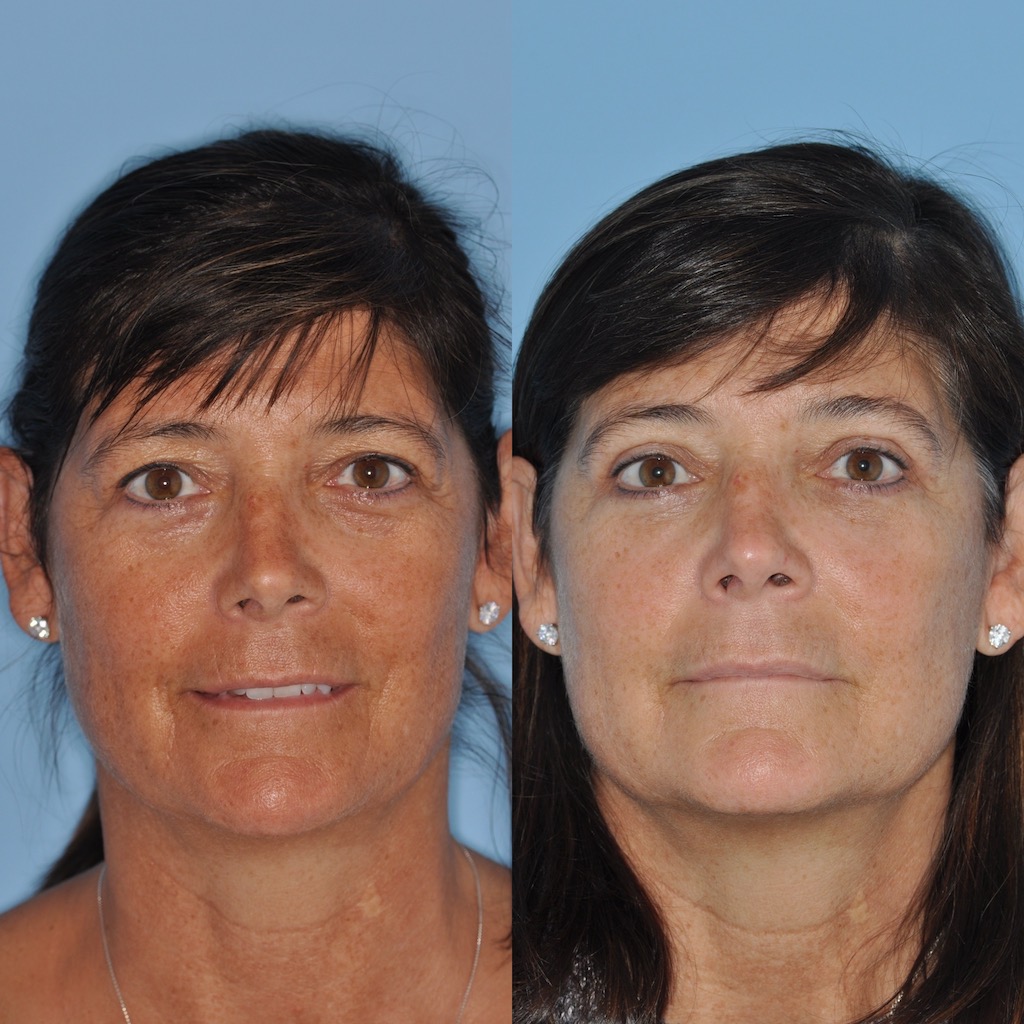
Dr. Jason Bloom is an award-winning, Ivy-League trained, double board-certified facial plastic & reconstructive surgeon. His extensive experience and reputable training provide the foundation for his excellent technical skills and surgical aesthetic. He is dedicated to the treatment of patients with both cosmetic concerns and reconstructive problems of the head and neck. Dr. Bloom is one of the few surgeons in the country who has gone through such rigorous and prestigious training, including board certification from the American Board of Otolaryngology-Head & Neck Surgery and a fellowship and board certification with the American Board of Facial Plastic & Reconstructive Surgery. Haute Beauty Expert Dr. Jason Bloom discusses periorbital rejuvenation that can be achieved through both surgical and non-surgical treatments.
Periorbital (around the eye area) rejuvenation is very popular these days with our patients wearing masks and it drawing more attention to the eyes. With their mid and lower faces covered up more, it is important to showcase a patient’s eyes and help them look more awake, rejuvenated, and refreshed. Periorbital rejuvenation can address a number of different issues in this area and options may be either surgical or non-surgical.
From a non-surgical approach, the treatments consist of neuromodulators, filler, and skin resurfacing options. To start, using Botox or other neuromodulators to relax the “crow’s feet” lines around the eyes and between the brows can be very effective. We can also intentionally weaken the muscles that pull the eyebrows down and achieve a lift of the brows that we call a chemical or “Botox brow lift.” Neuromodulators have essentially no downtime except for the possibility of some very mild bruising or swelling. The effect of the neuromodulators can last about 3-4 months before it is recommended that they get retreated. Additionally, fillers, like Restylane, can be used to add volume to a deflated lower eyelid and tear trough area. This can be seen in even some of our younger patients because this is one of the first areas of the face to lose volume. This is a great treatment to improve the concavity, shadowing, or “dark circles” that are seen under the eyes and fill in the area to help in blending the lid-cheek junction. The periorbital filler is really a wonderful treatment to rejuvenate a patient’s lower eyelid area, also with limited downtime. Patients can rarely experience some bruising, but most see some mild to moderate swelling that can last in this area for a few days. The real benefit of this treatment is that it can last for patients around one year or more. It is placed deep into the orbicularis (eyelid) muscle and fills in the area for a rejuvenated look for a long time. Finally, a resurfacing procedure, whether it is a chemical peel or an energy-based device or laser can be used to refresh the skin under and around the eyes and ultimately tighten the skin of this area. Depending on how ablative or aggressive the resurfacing treatment, downtime can range from about 24 hours up to 1 week. This can be effective for a few months for a non-ablative or light treatment to a number of years for a more aggressive treatment.
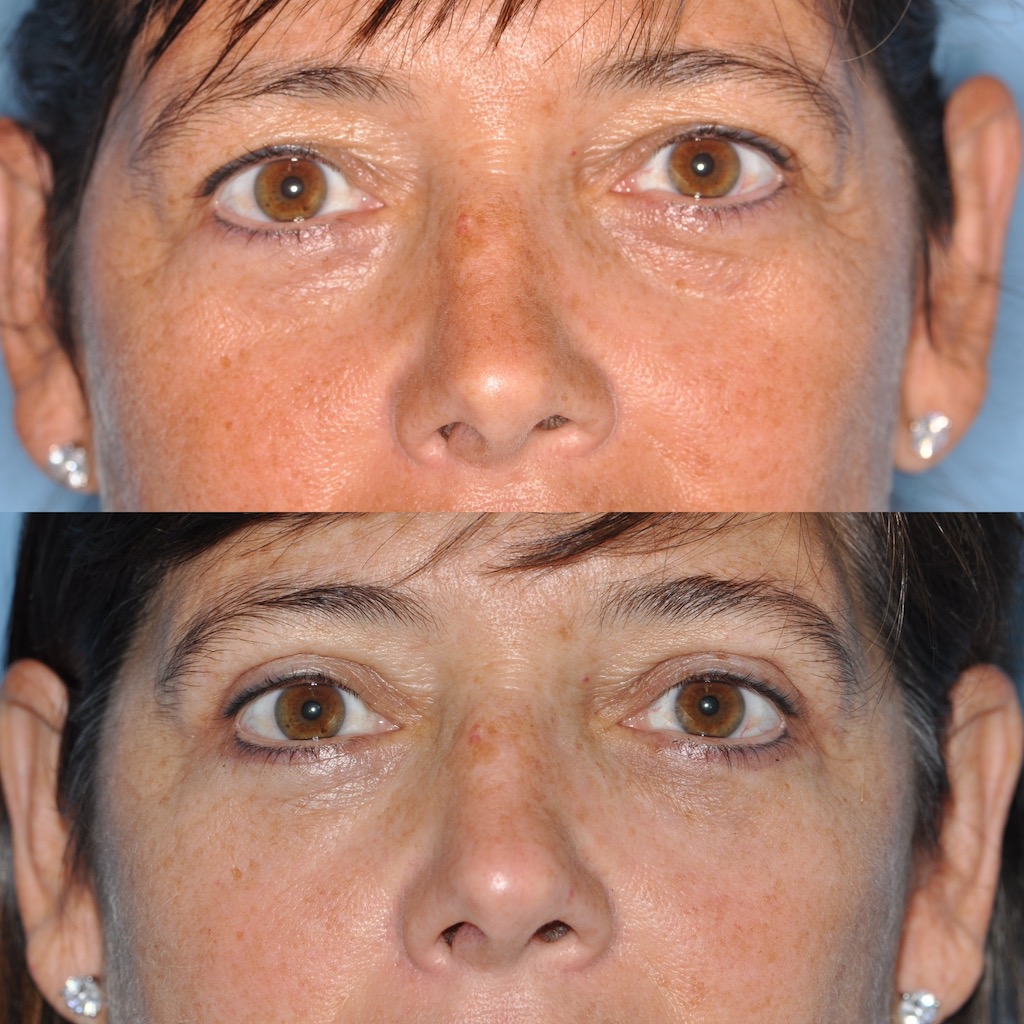
Periorbital rejuvenation should really be assessed by a doctor who is familiar with and skilled in all the techniques listed here. Sometimes it is the smaller procedures or treatments, with less downtime, that can hold a patient over for a period of time until they are ready for something more surgical and long-lasting. Not every procedure is right for every patient, so a good doctor will be able to point their patients in the correct direction. Some patients are better candidates for one procedure over another. A board-certified facial plastic surgeon will be able to accurately diagnose the problem facing each patient and make individualized recommendations and suggestions. Ultimately, a combination of treatments and procedures, both from a surgical and non-surgical standpoint, might be what is required for the patient to get the best results.
For more information, visit Dr. Jason Bloom's social media:







